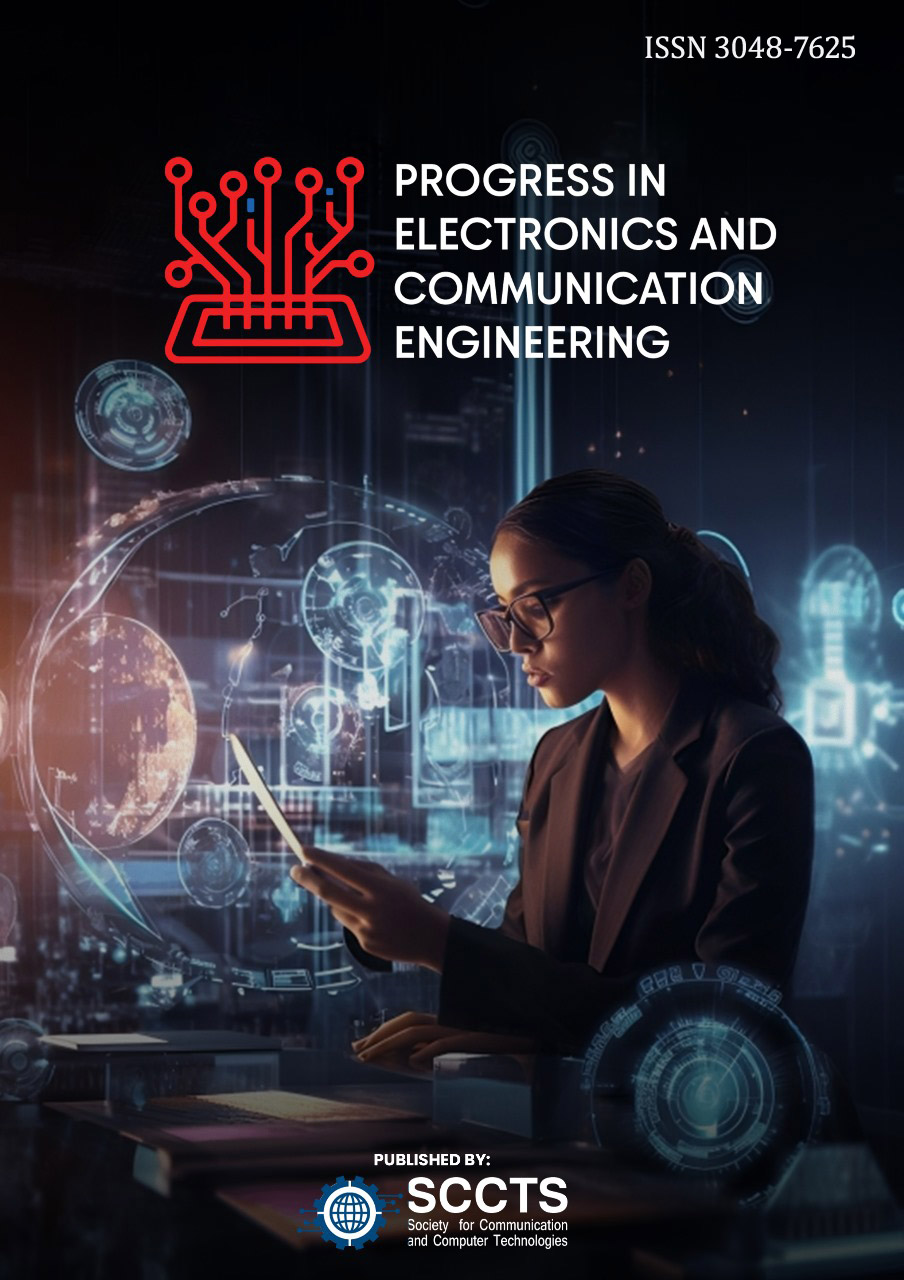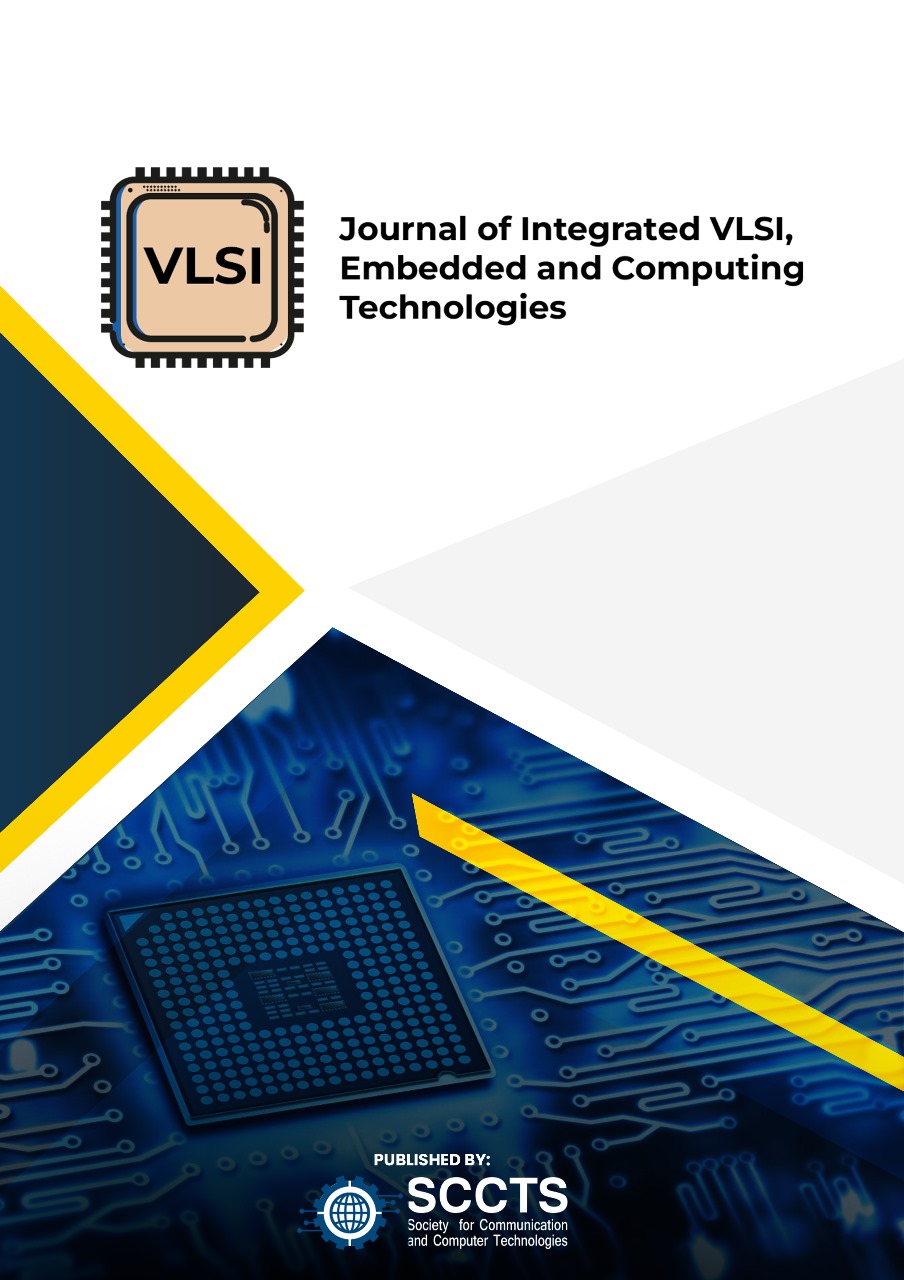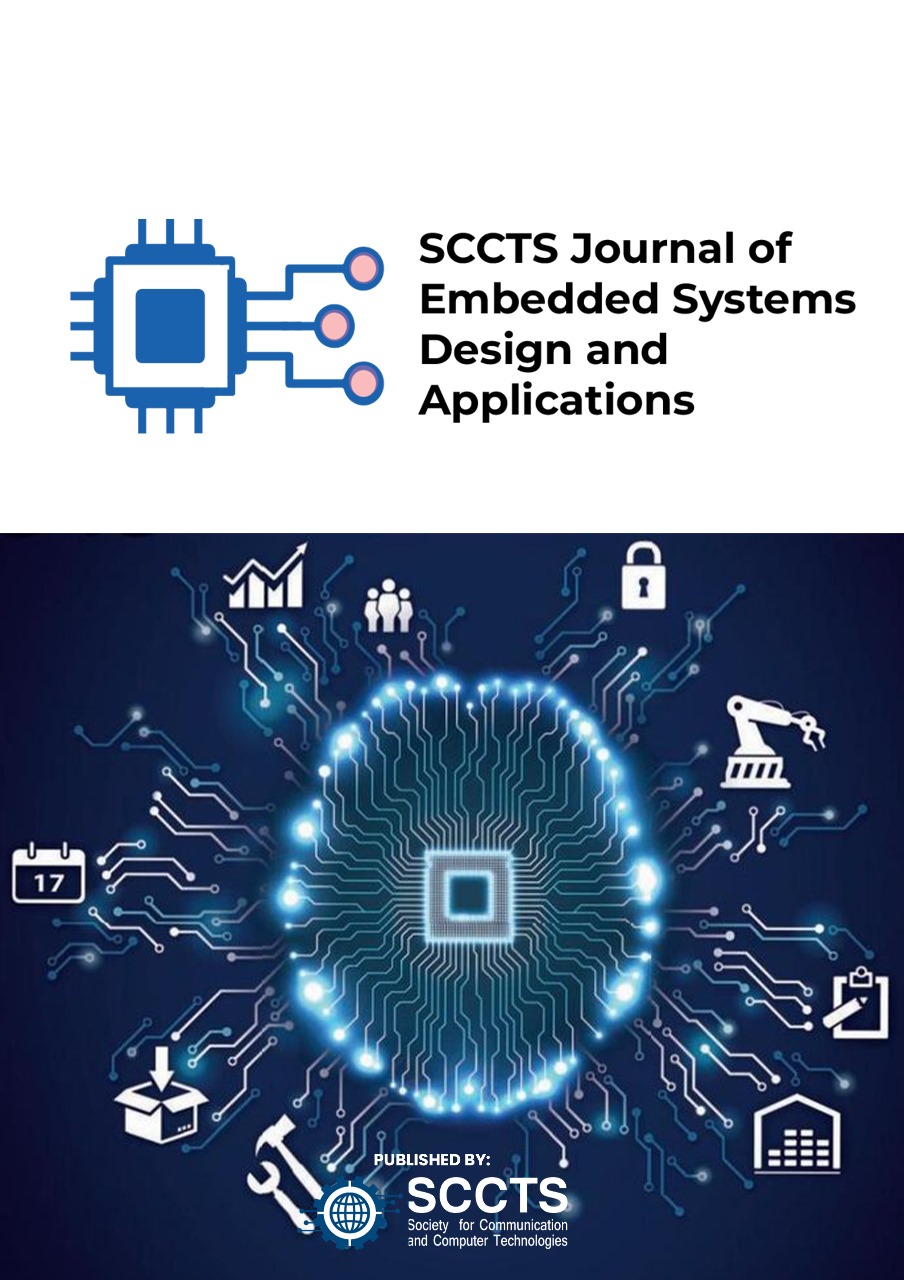Neuromorphic Computing Architectures for Low-Power Edge Inference in IoT Applications
DOI:
https://doi.org/10.31838/ECE/03.02.08Keywords:
Neuromorphic computing, edge inference, IoT, spiking neural networks, low-power AI, event-driven processing, Loihi, TrueNorthAbstract
The blistering advancements witnessed in the Internet of Things (IoT) ecosystem have led to the urgency of search outcomes that provide energy efficient, low latency, and smart processing support that manifests itself right at the edge. The traditional edge computing devices built on von Neumann architecture are inherently limited by being optimized to be adjacent in memory and processing components, which results in the high power required and latency, which are highly undesirable in devices with limited power resources; wearables, smart sensors, and remote-monitoring systems. A Neuromorphic computing approach based on the human brain blueprint presents a better alternative due to its implementation of spiking neural networks (SNNs) that allow asynchronous and event-driven computation, thus dramatically lowering power demand and yet being able to run real-time inference. This paper includes a holistic comparison of the most recent examples of the neuromorphic hardware platforms, such as Intel Loihi, IBM TrueNorth, and BrainScaleS system, with regard to their learning architectures, energy consumption, throughput, and suitability to the edge-based IoT applications. An empirical case study is carried out, which is a keyword spotting case study and event-based gesture recognition case study using Google Speech Commands and the DVS Gesture dataset sets, respectively. The neuromorphic systems presented a significant energy per inference improvement up to 15x and reduced latency at about 30 on traditional ARM Cortex-M7-based ANN implementations at very slight sacrifices in terms of classification accuracy. In addition, the Loihi platform showed on-chip learning utilizing spike-timing-dependent plasticity (STDP), which made the platform capable of dynamic and adaptive inference in fluctuating IoT applications. This paper also examines the integration issues of neuromorphic systems which include the compatibility with sensor modalities, immature software toolchains, and complexities to convert ANN to SNN. The results indicate that neuromorphic systems are highly suitable in ultra-low-power edge intelligence and provide a paradigm of scalable and biologically inspired, next-generation IoT systems. The lines of future research are described in such aspects as hybrid neuromorphic edge-cloud learning, unification of benchmark requirements, and designing secure, programmable, and reconfigurable neuromorphic co-processors to support adaptive edge AI.

















